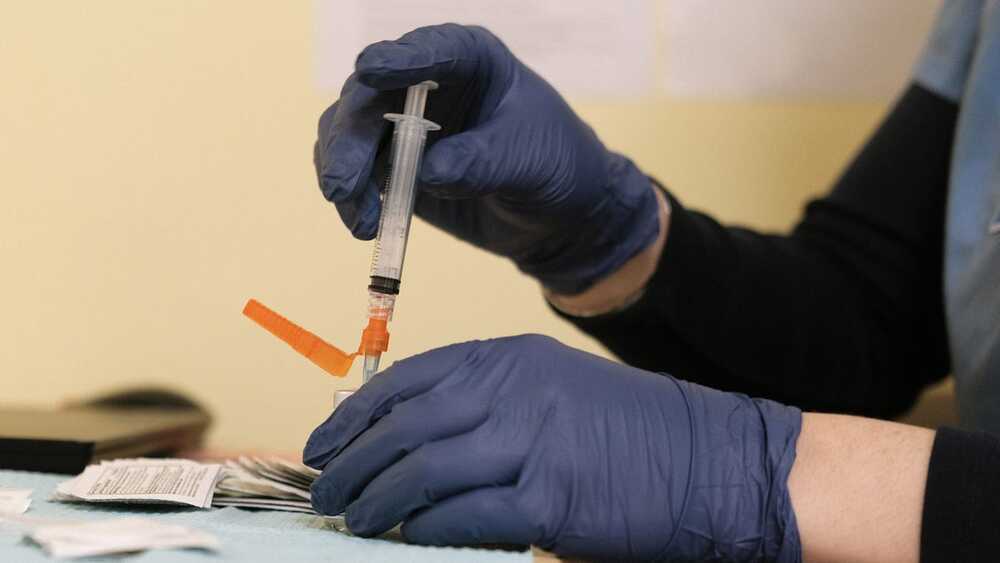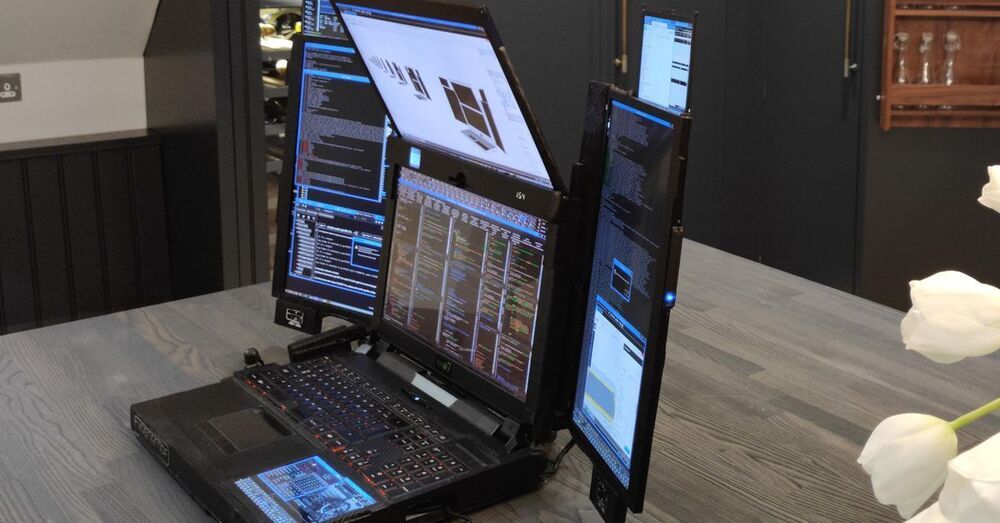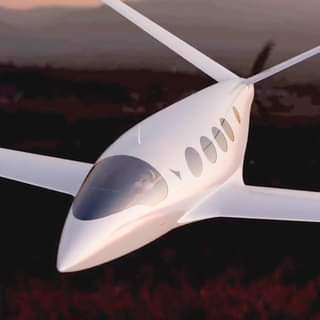For companies and governments, the stakes couldn’t be higher. The first to develop and patent 6G will be the biggest winners in what some call the next industrial revolution. Though still at least a decade away from becoming reality, 6G — which could be up to 100 times faster than the peak speed of 5G — could deliver the kind of technology that’s long been the stuff of science fiction, from real-time holograms to flying taxis and internet-connected human bodies and brains.
Most of the world is yet to experience the benefits of a 5G network, but the geopolitical race for the next big thing in telecommunications technology is already heating up. For companies and governments, the stakes couldn’t be higher.







